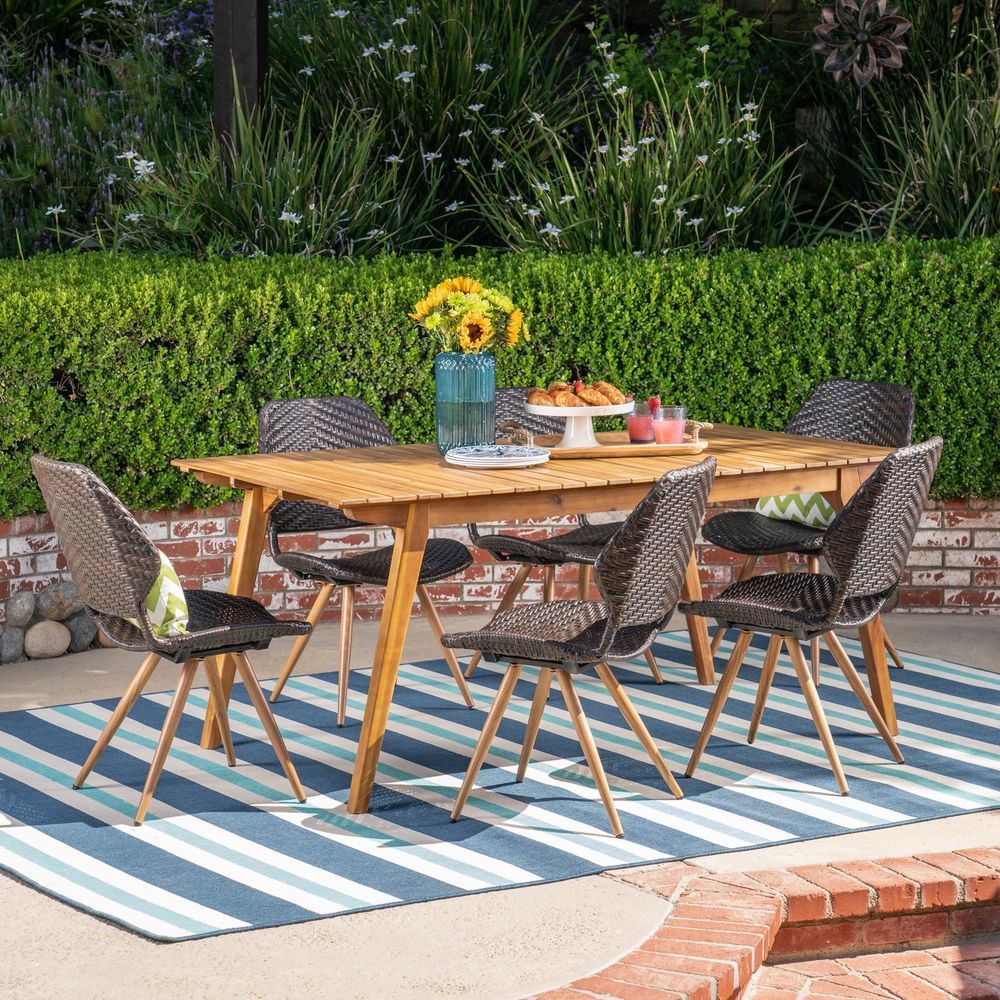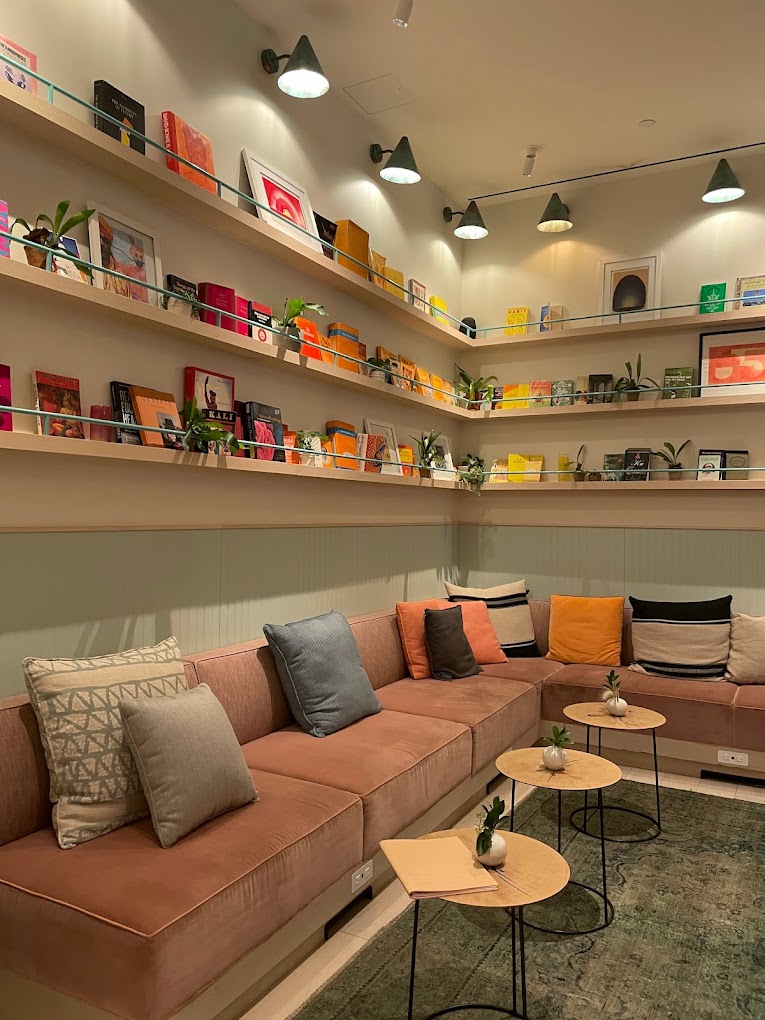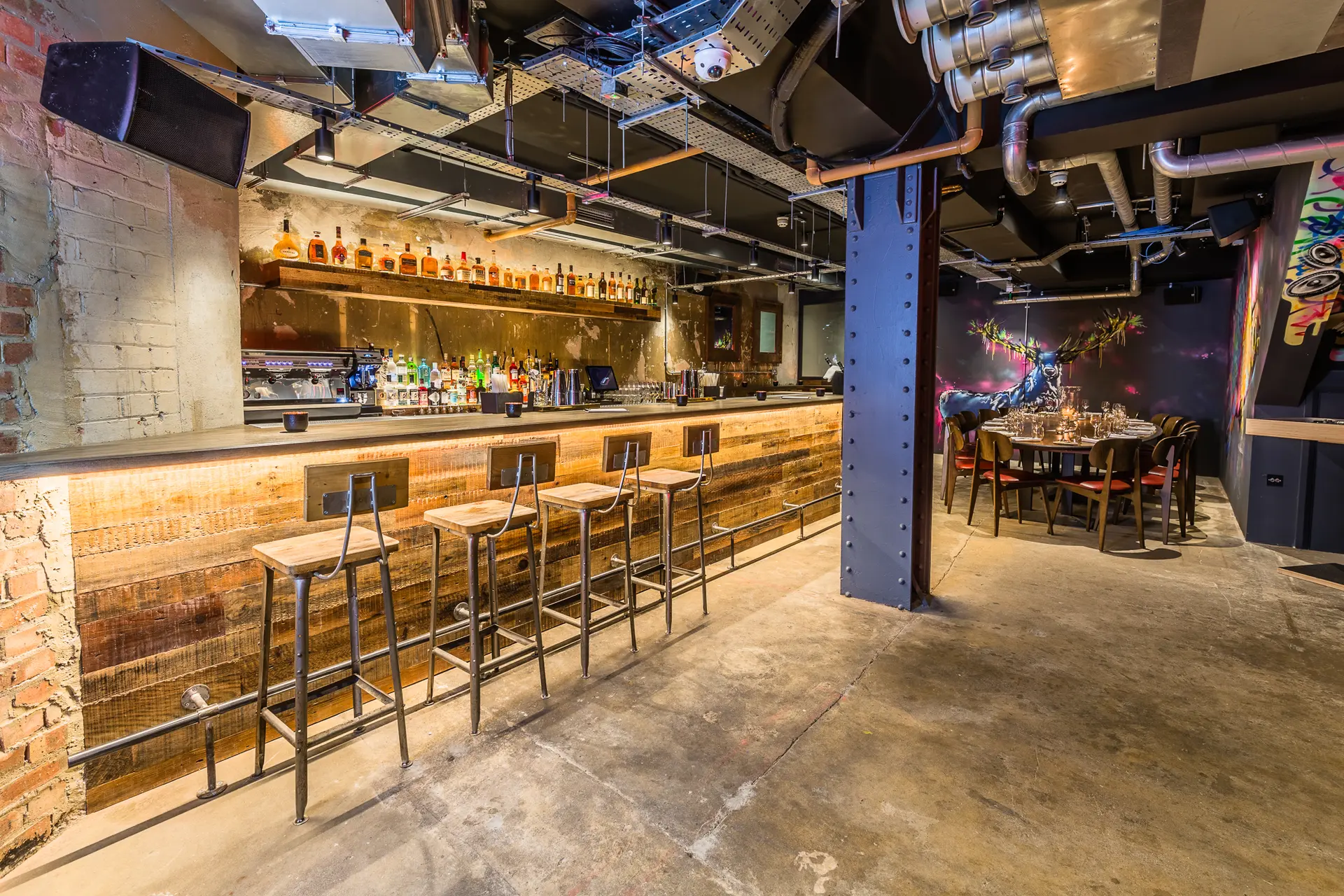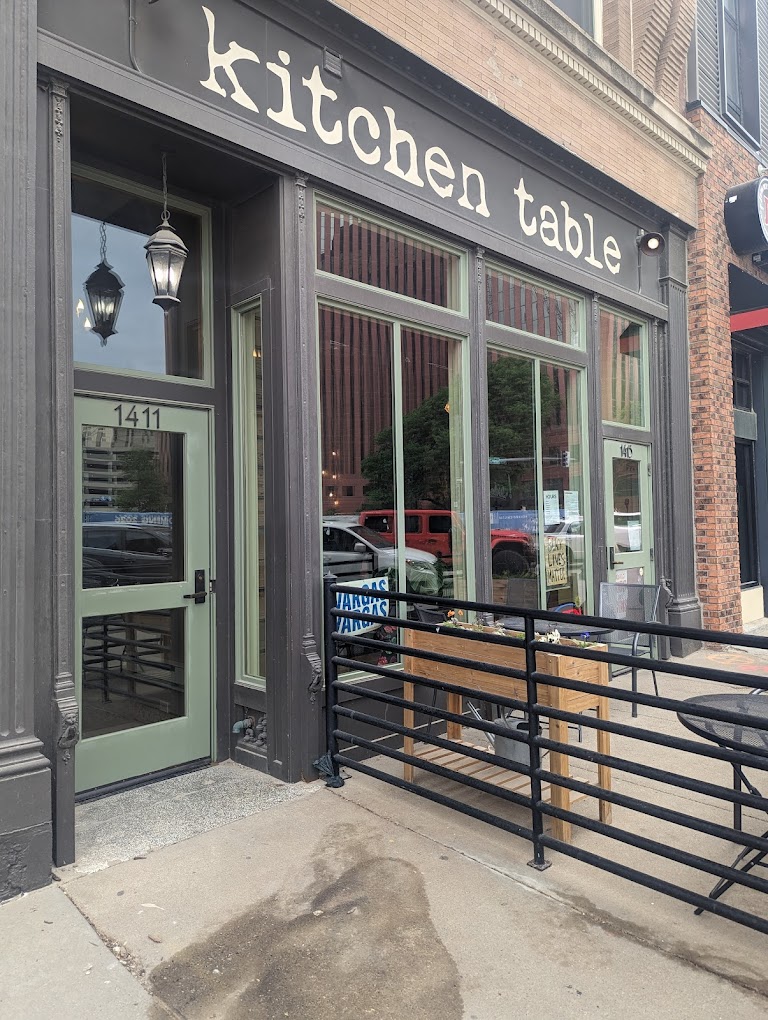Solid wood dining tables develop a beautiful patina over years of use that reflects all the memories made around them. However, deep scratches and gouges can permanently mar and damage tabletops. With some diligent care and prevention methods, you can protect your solid wood table’s finish from unnecessary marks and wear without sacrificing the natural wood beauty.

Choose a Durable Solid Wood Type
Opt for dense hardwoods that resist scratches better than soft porous woods:
- Hardwoods like maple, walnut, oak, cherry, and ash have tightly packed wood fibers that better withstand indentations. These hold up well under daily use.
- Softer open-grained woods like pine, alder, and basswood scratch much more readily. Consider whether softer woods can be easily refinished if damaged.
- When purchasing, understand different wood species’ characteristics and evaluate which offer better scratch repair options. Refinishing damaged solid wood is preferable over veneers.
Use Protective Table Pads
Protective table pads prevent objects from coming into direct contact and abrasively sliding across the wood surface:
- Felt-backed pads provide a bit of cushioning and smooth glide across the tabletop during rearrangements to prevent scratches.
- Clear acrylic overlays shield the wood while still allowing the natural grain beauty to show through. Helpful for messy crafts or kids.
- Custom-fit pads that hug the table edges provide full coverage while standard pads simply drape over the top. Secure with clips.
- Wash the pads regularly with mild soap and water to prevent dirt, dust or grit accumulation that could scratch if dragged across the surface.
Practice Mindful Day-to-Day Table Care
Gently handling the tabletop prevents many scratch opportunities:
- Lift objects fully off the table instead of carelessly dragging. Use coasters under serving pieces.
- Avoid placing very hot pots, pans or dishes directly on the bare wood. Use trivets and mats.
- Keep fingernails trimmed to reduce scratching if hands slip on the surface.
- Dust table frequently with a soft microfiber cloth to remove any abrasive dirt and sand particles.
- Wipe spills immediately so liquid does not linger and potentially damage the finish.

Apply Protective Sealing Options
Protective sealants safeguard the wood from minor dings, dents and surface scratches:
- Polyurethane provides a thick, durable yet repairable barrier that resists moisture and many marks. However, reapplication involves sanding.
- A blend of natural wax and oil massaged into the wood creates a protective coating with a smooth, soft sheen that can be refreshed regularly.
- Pure carnauba or beeswax gently enhance the wood’s glow while providing a light safeguard.
- Reapply the chosen sealer per product instructions, typically annually or as signs of wear appear.
Utilize Strategic Storage Solutions
Storing items elsewhere when not in use eliminates potential scratch risks:
- Designate a separate game and puzzle storage bench or shelving area off the dining table surface.
- Corral electronics like laptops and phone chargers in a desk area to avoid contact with the table.
- Install wall hooks near the entryway to hang keys, bags and hats so they don’t get placed on the table.
With some diligence, implementing multiple methods, you can maintain your treasured solid wood dining table while minimizing signs of wear from daily life. The right prevention approach will keep it looking beautiful for generations.









